Understanding dashboard warning lights in your BMW 7 Series is essential for maintaining vehicle safety and preventing costly damage. These indicators alert you to potential issues ranging from minor maintenance needs to critical failures that could lead to accidents or breakdowns.
By recognizing and responding promptly, you can ensure smoother operation and extend your car’s lifespan.
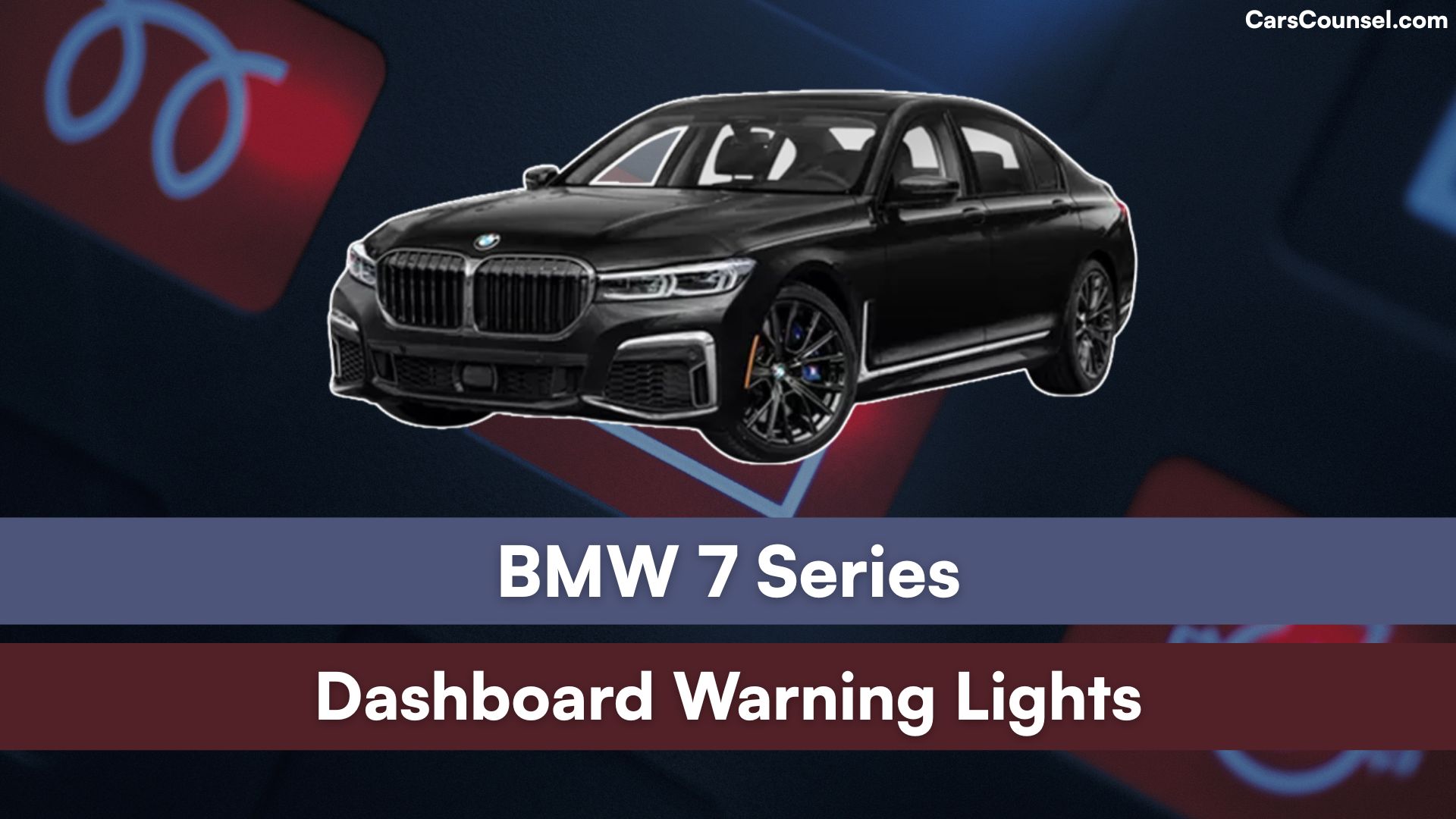
Quick Navigation
Red Warning Lights (Stop Immediately)
Engine Oil Pressure
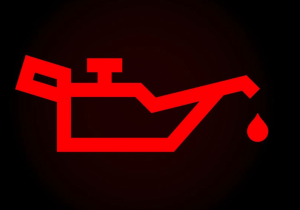
Low oil pressure can cause engine damage from lack of lubrication. Stop the car right away, check the oil level, and add oil if needed; do not drive until fixed.
Brake System Alert
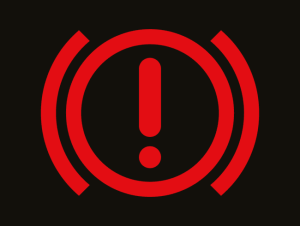
Indicates low brake fluid or a hydraulic issue that could lead to brake failure. Pull over safely, inspect fluid levels, and seek a mechanic immediately.
Engine Coolant Temperature
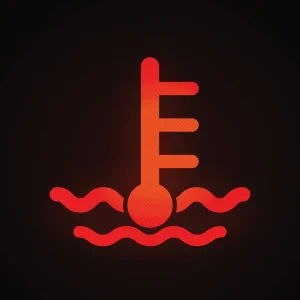
The engine is overheating, possibly due to low coolant or a leak. Stop driving, let the engine cool, check coolant, and get professional help.
Battery Charge
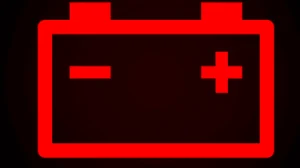
The charging system is failing, which may drain the battery and stall the car. Stop and turn off non-essential electrics; have the alternator and battery checked soon.
Airbag Warning
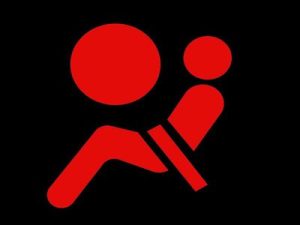
Airbags are not working properly, reducing protection in a crash. Stop and have the system inspected at a service center.
Seatbelt Reminder
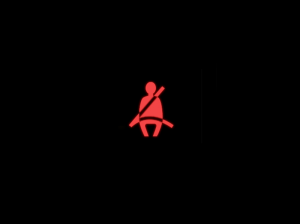
A seatbelt is unfastened, increasing injury risk in an accident. Pull over and ensure all passengers buckle up before continuing.
Steering System Warning
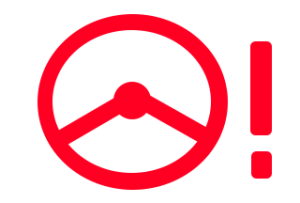
Power steering has failed, making the car hard to control. Stop immediately and call for assistance to avoid losing steering.
Transmission Fault
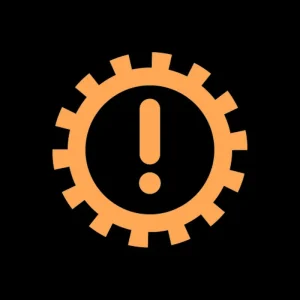
The transmission is malfunctioning, which could cause gear issues or stalling. Stop driving and have it diagnosed at a repair shop.
Low Brake Fluid
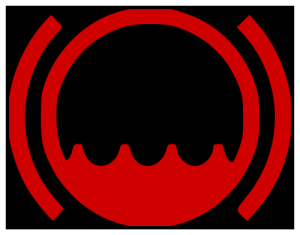
Brake fluid is too low, risking brake failure. Stop, check the reservoir, and refill or fix leaks promptly.
ABS Failure
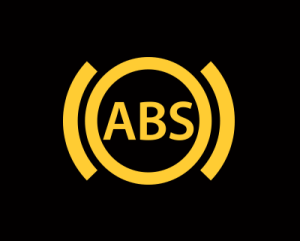
Anti-lock brakes are not functioning, leading to wheel lockup during hard stops. Pull over and get the system repaired.
Door Ajar
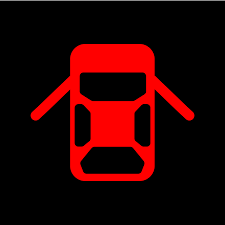
A door is not fully closed, which could open while driving. Stop and secure all doors before proceeding.
Hood Open
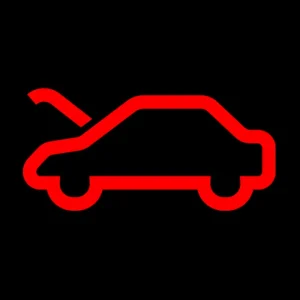
The hood is unlatched, posing a risk of it flying open. Pull over and close it securely.
Trunk Open
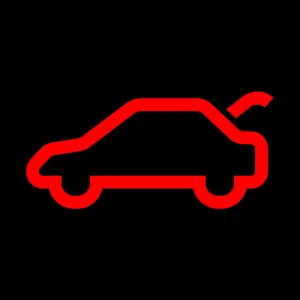
The trunk is not shut properly, which might cause items to fall out. Stop and latch it closed.
Overheating Alert
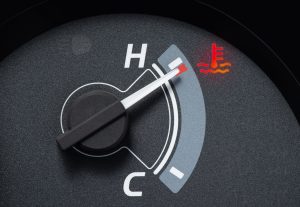
General engine overheat from various causes like radiator issues. Stop, cool down, and inspect for problems.
Yellow/Amber Warning Lights (Action Required Soon)
Check Engine
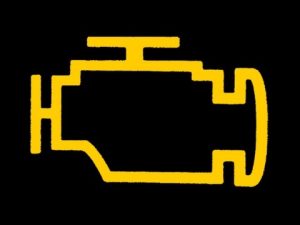
The engine has a detected issue like sensor failure or emissions problem. Schedule a diagnostic check soon to avoid bigger repairs.
Tire Pressure Monitoring
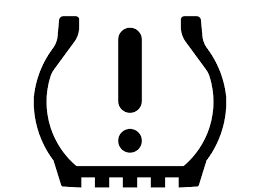
One or more tires have low pressure, affecting handling and fuel efficiency. Stop to inflate tires to the recommended level.
ESP/DSC Warning
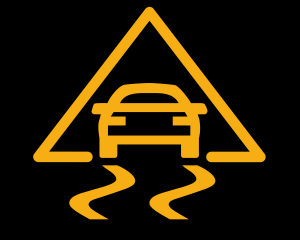
Stability control is off or faulty, reducing traction in slippery conditions. Have it serviced promptly.
DPF Warning
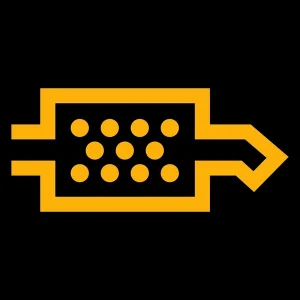
Diesel particulate filter is clogged with soot, impacting emissions. Drive at highway speeds to regenerate or visit a mechanic.
Glow Plug
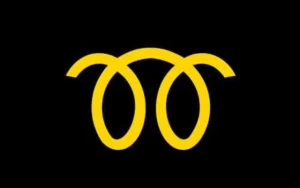
Glow plugs in diesel engines are not heating properly for startup. Replace them soon to ensure easy starting.
Service Vehicle Soon
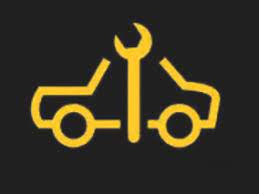
General reminder for upcoming maintenance like oil change. Book a service appointment without delay.
Low Fuel
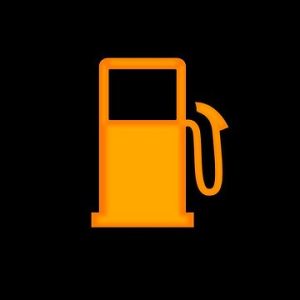
Fuel level is critically low, risking a stall. Refuel at the nearest station.
Low Washer Fluid
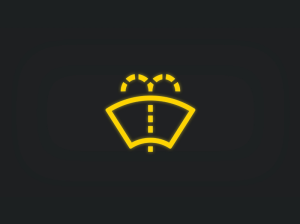
Windshield washer reservoir is empty, limiting visibility cleaning. Refill with appropriate fluid soon.
Bulb Out
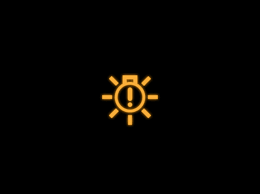
A light bulb like headlamp or brake light is burned out. Replace the bulb to maintain visibility and safety.
Lane Departure Warning
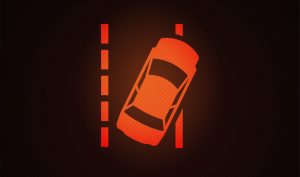
System detecting unintended lane drifts is faulty. Get it inspected for proper function.
Frontal Collision Warning
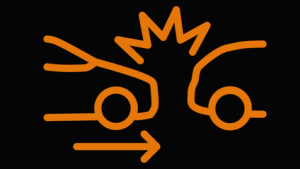
Collision avoidance sensors are not working. Have them checked to restore safety features.
Air Suspension Fault
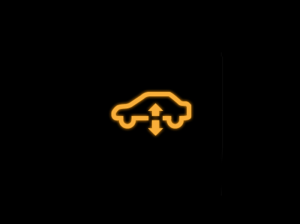
Suspension system has an issue, affecting ride height. Schedule repairs to avoid uneven handling.
DEF Low
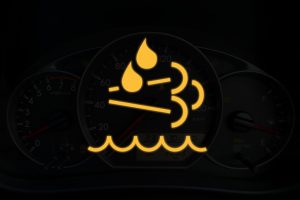
Diesel exhaust fluid is running out, which will limit engine start. Top up the fluid reservoir soon.
Brake Pad Wear
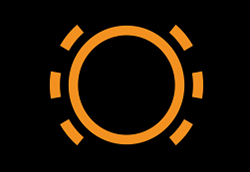
Brake pads are thin and need replacement. Inspect and replace to prevent rotor damage.
Transmission Temperature
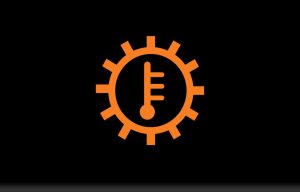
Transmission is getting too hot. Let it cool and check fluid levels.
Fuel Cap Loose
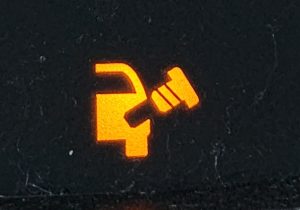
Gas cap is not tight, causing evaporation or check engine light. Tighten it securely.
Green Warning Lights (Information Only)
Turn Signal
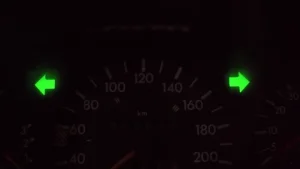
Indicates the turn signals are active for changing direction. No action needed; it flashes during use.
High Beams

High beam headlights are on for better night visibility. Switch to low beams when approaching traffic.
Cruise Control
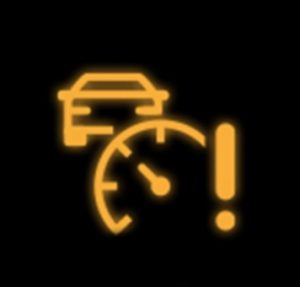
Adaptive cruise is engaged, maintaining set speed. Adjust as needed for traffic.
Fog Lights
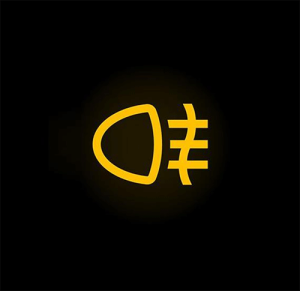
Front or rear fog lamps are switched on for low visibility. Turn off when conditions improve.
Eco Mode
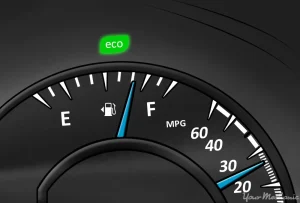
Fuel-saving mode is enabled, optimizing engine for efficiency. Switch modes via controls.
Start/Stop Active
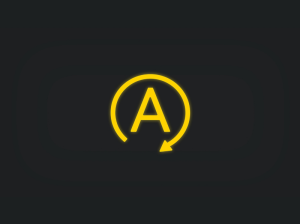
Engine auto-stop is functioning to save fuel at idle. It restarts when you press the accelerator.
Daytime Running Lights
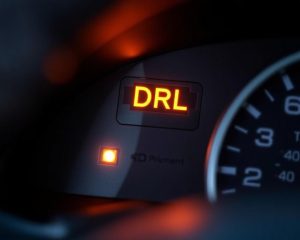
Automatic lights for daytime visibility are on. No action required.
Tail Lights
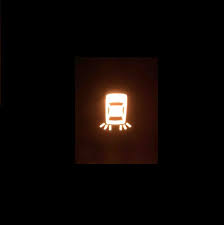
Rear lights are illuminated. Confirms they’re working.
Automatic Headlamp Dimmer
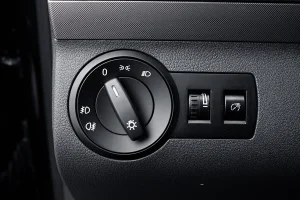
System auto-adjusts high beams for oncoming cars. Operates without input.
Parking Lights
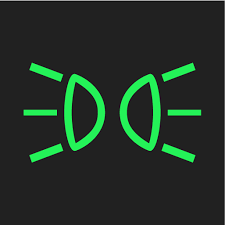
Sidelights are on for stationary visibility. Use when parked.
Seat Heater
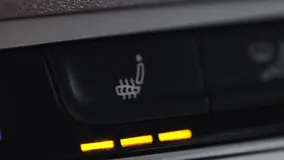
Heated seats are activated for comfort. Adjust temperature as desired.
Indicator Lights
General system status, like 4-wheel drive if equipped. Shows engagement.
Information Display
Provides vehicle data like mileage or settings. Reference for info only.
When looking at BMW, make sure to check out our guides on models like the BMW iX3, BMW 8 Series, BMW 6 Series, and BMW 4 Series. Understanding dashboard warning lights is essential. Our expert reviews break down what each light means, highlighting common alerts for these models and what they could signal about underlying issues, so you’re never left guessing behind the wheel.

